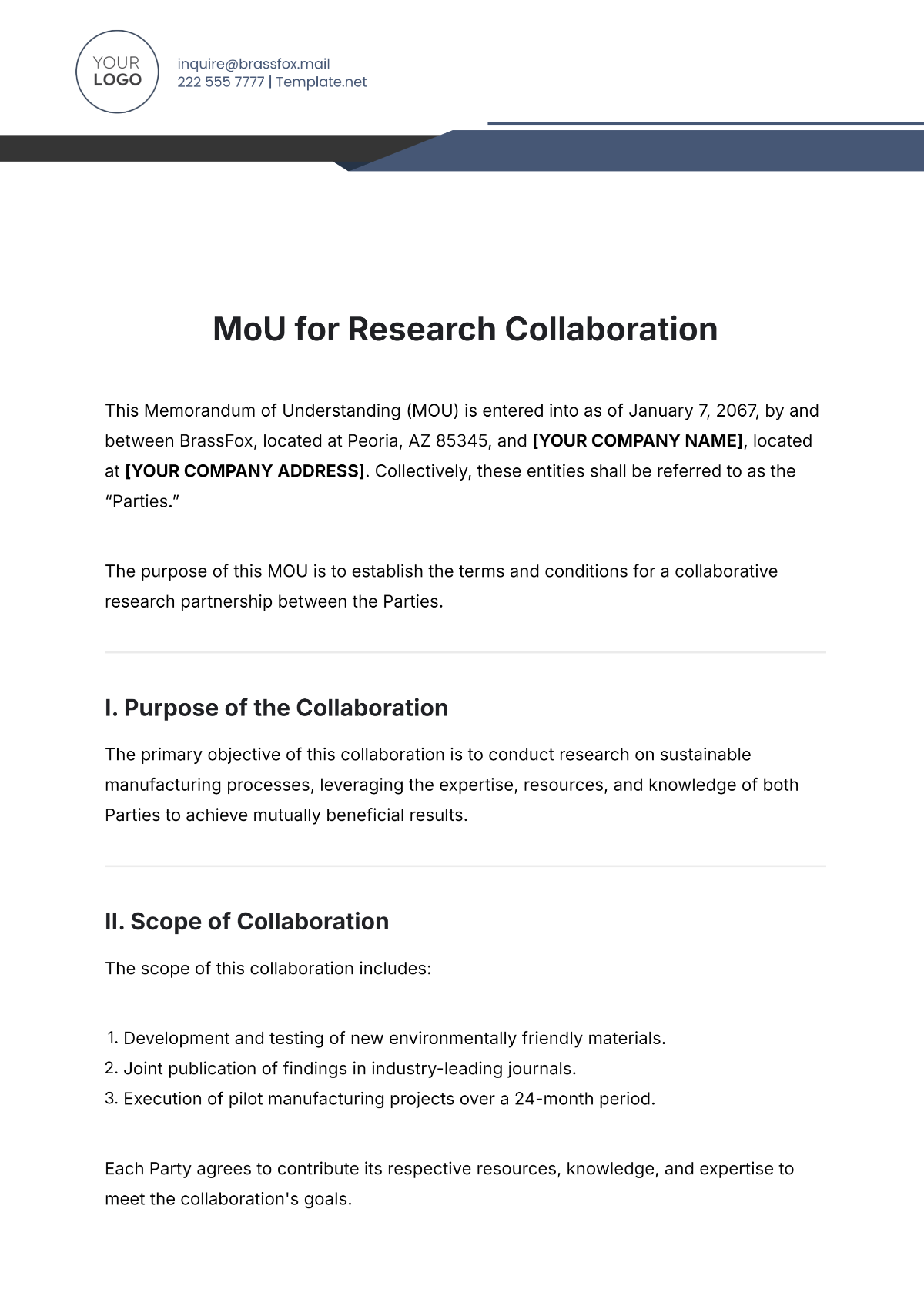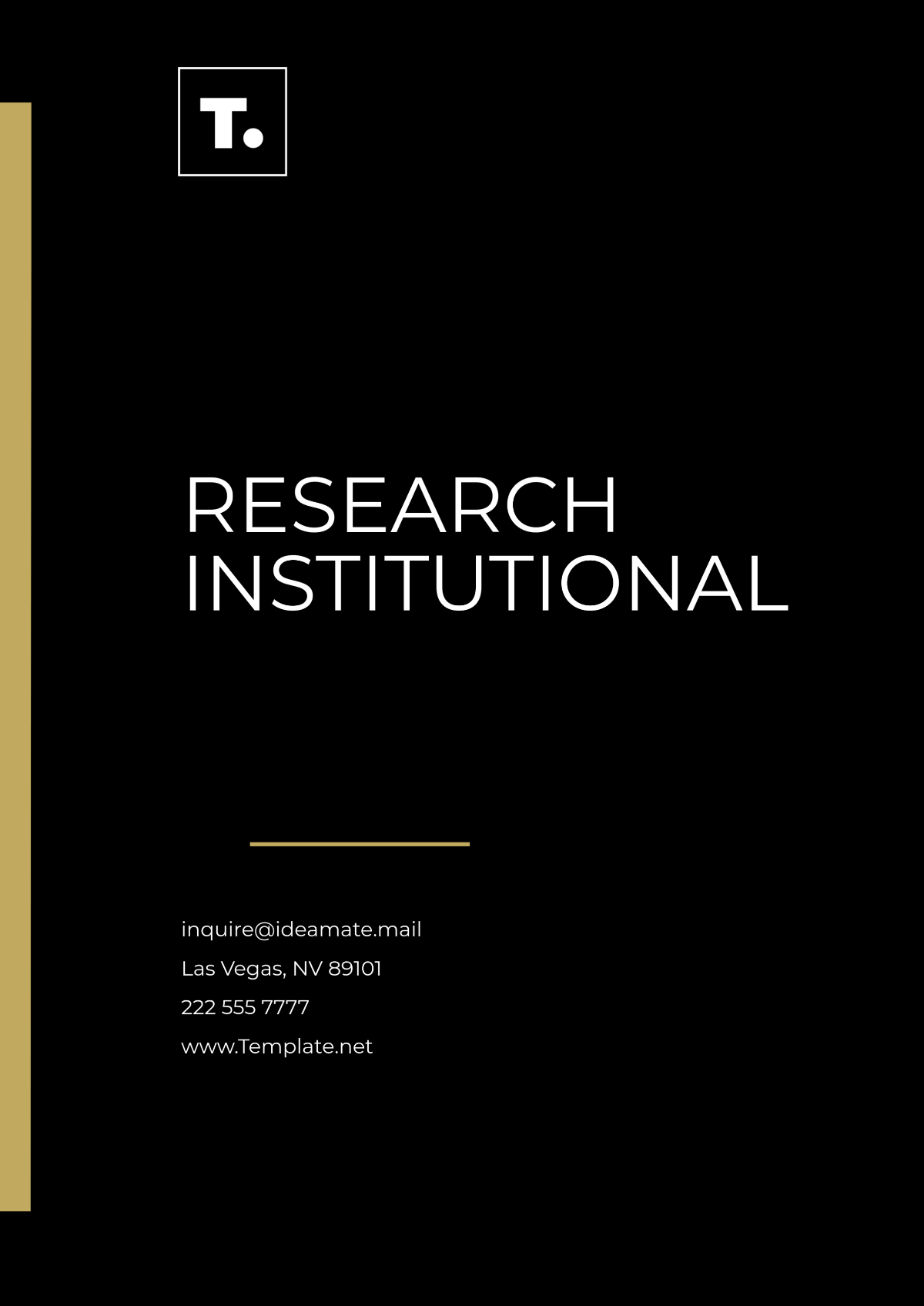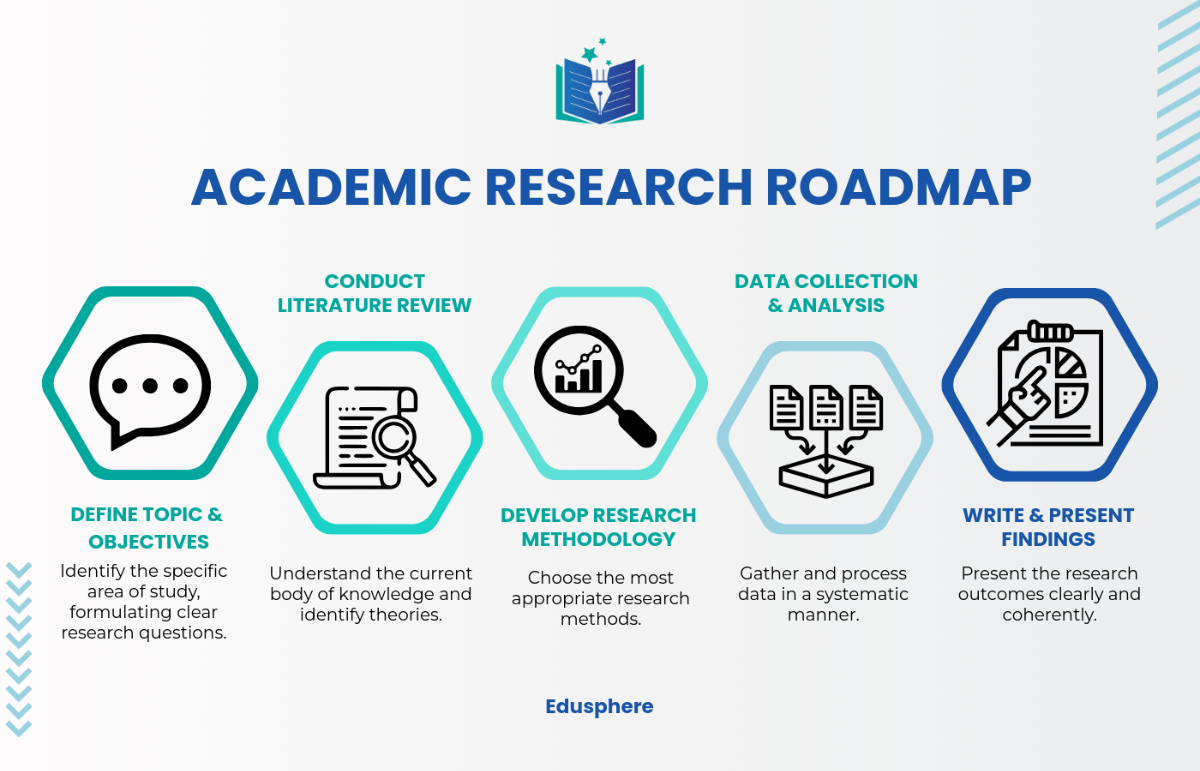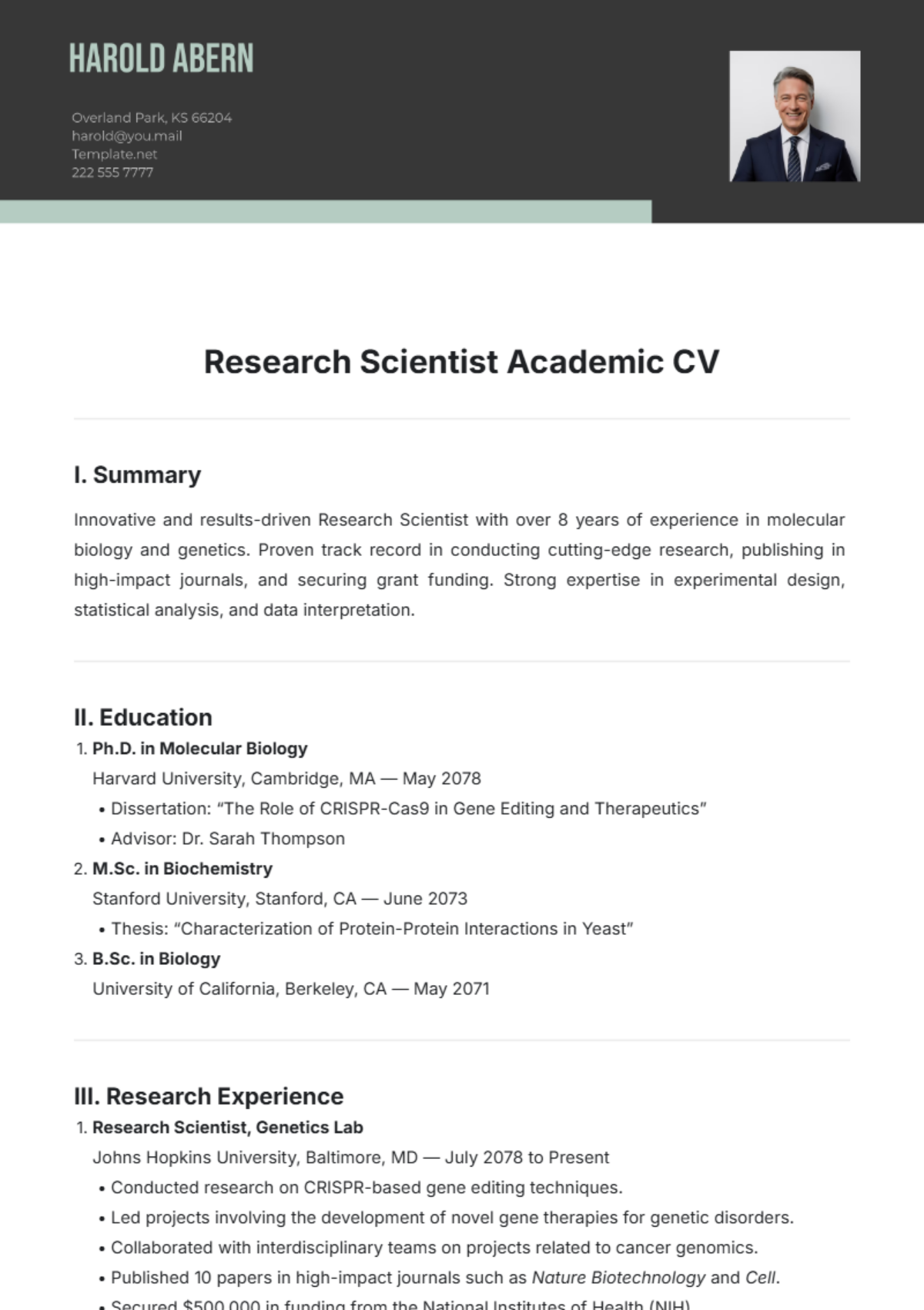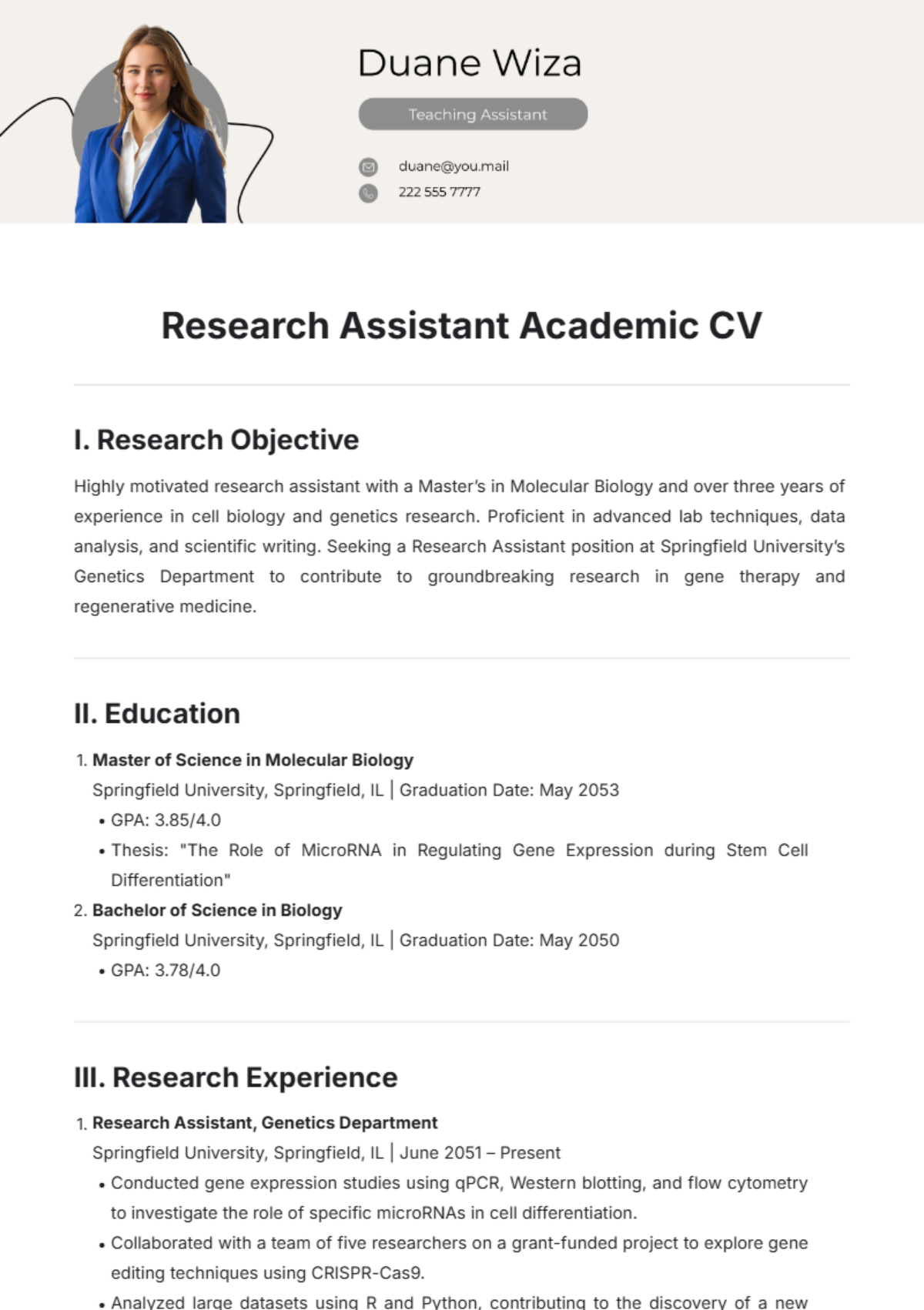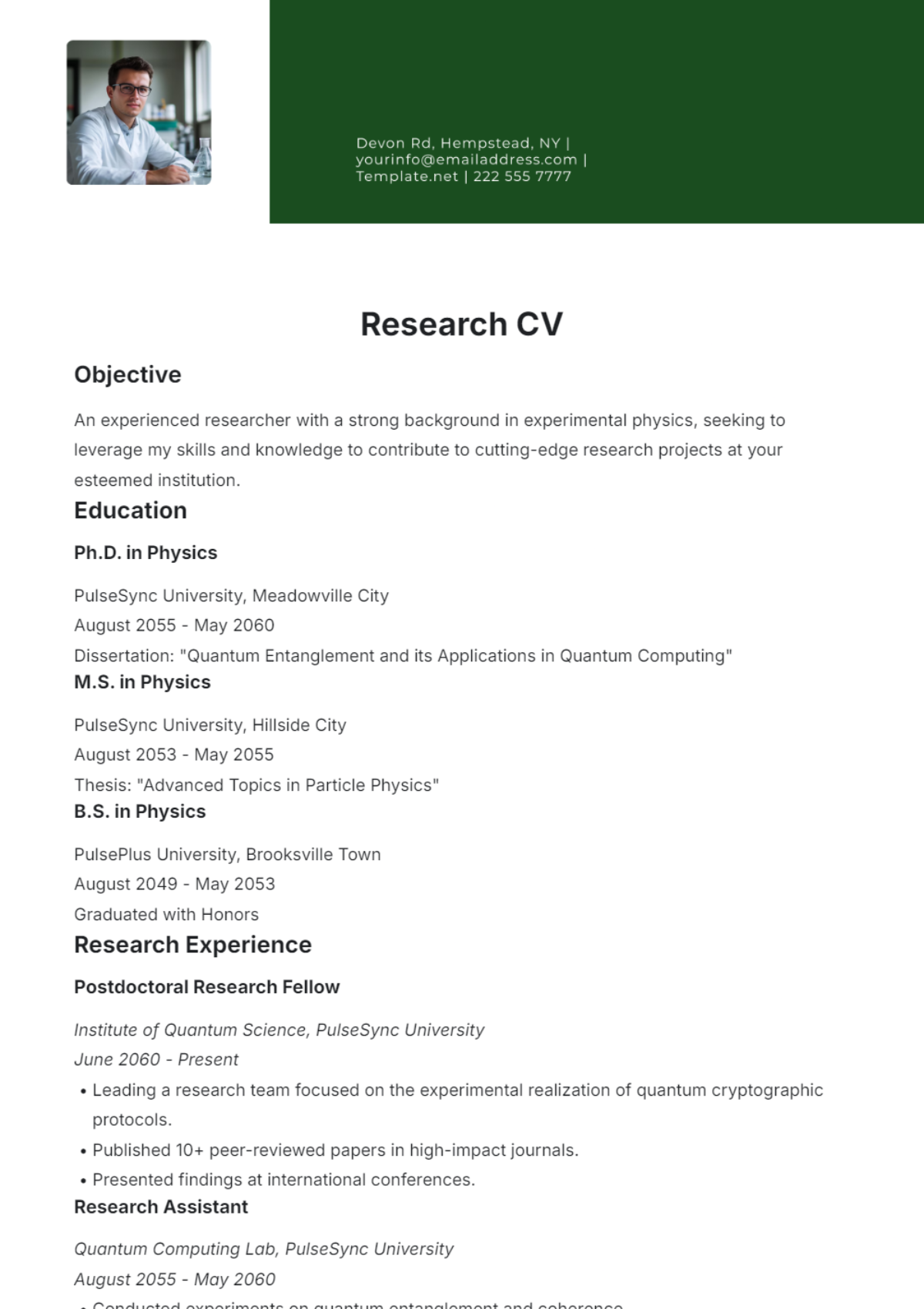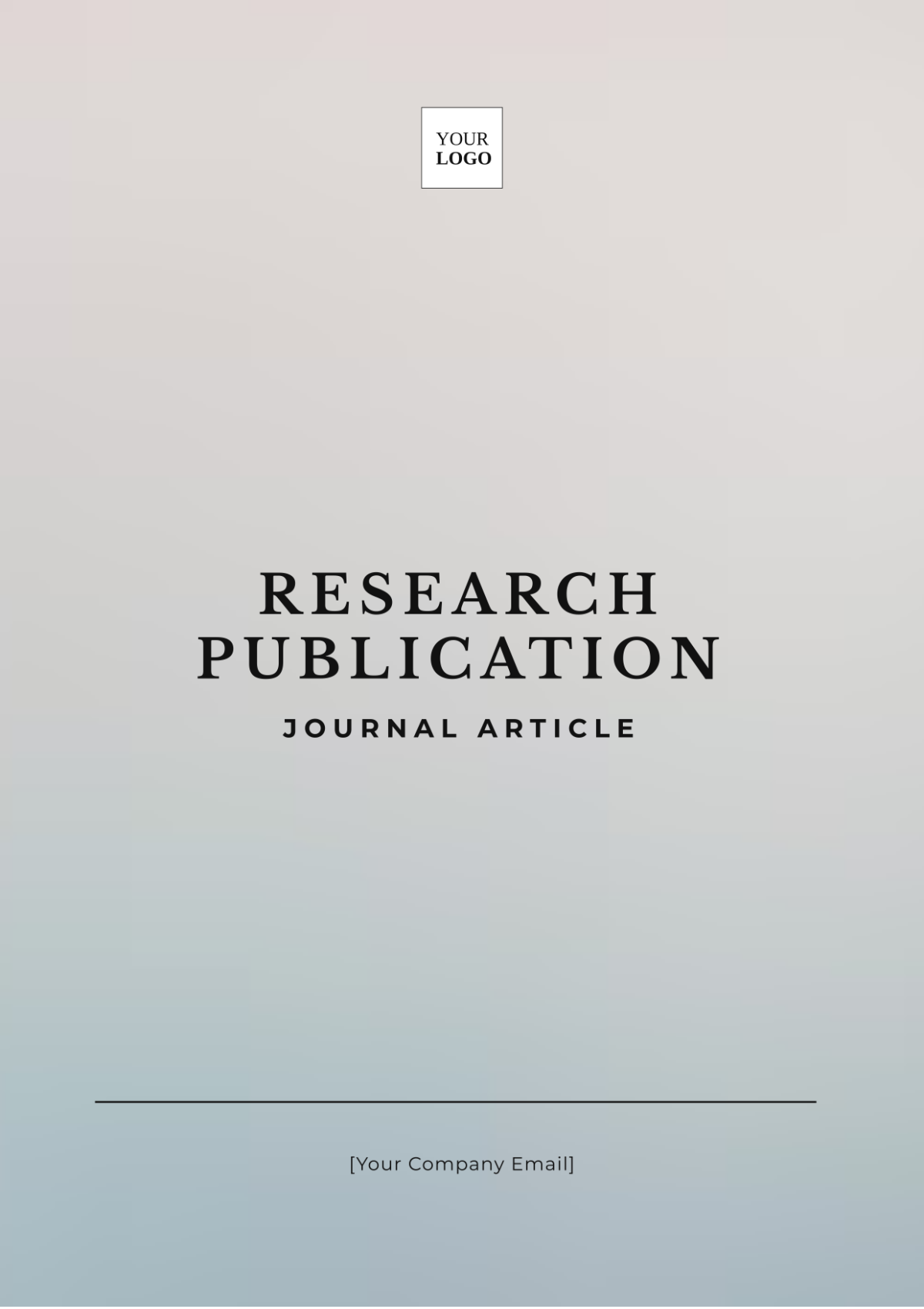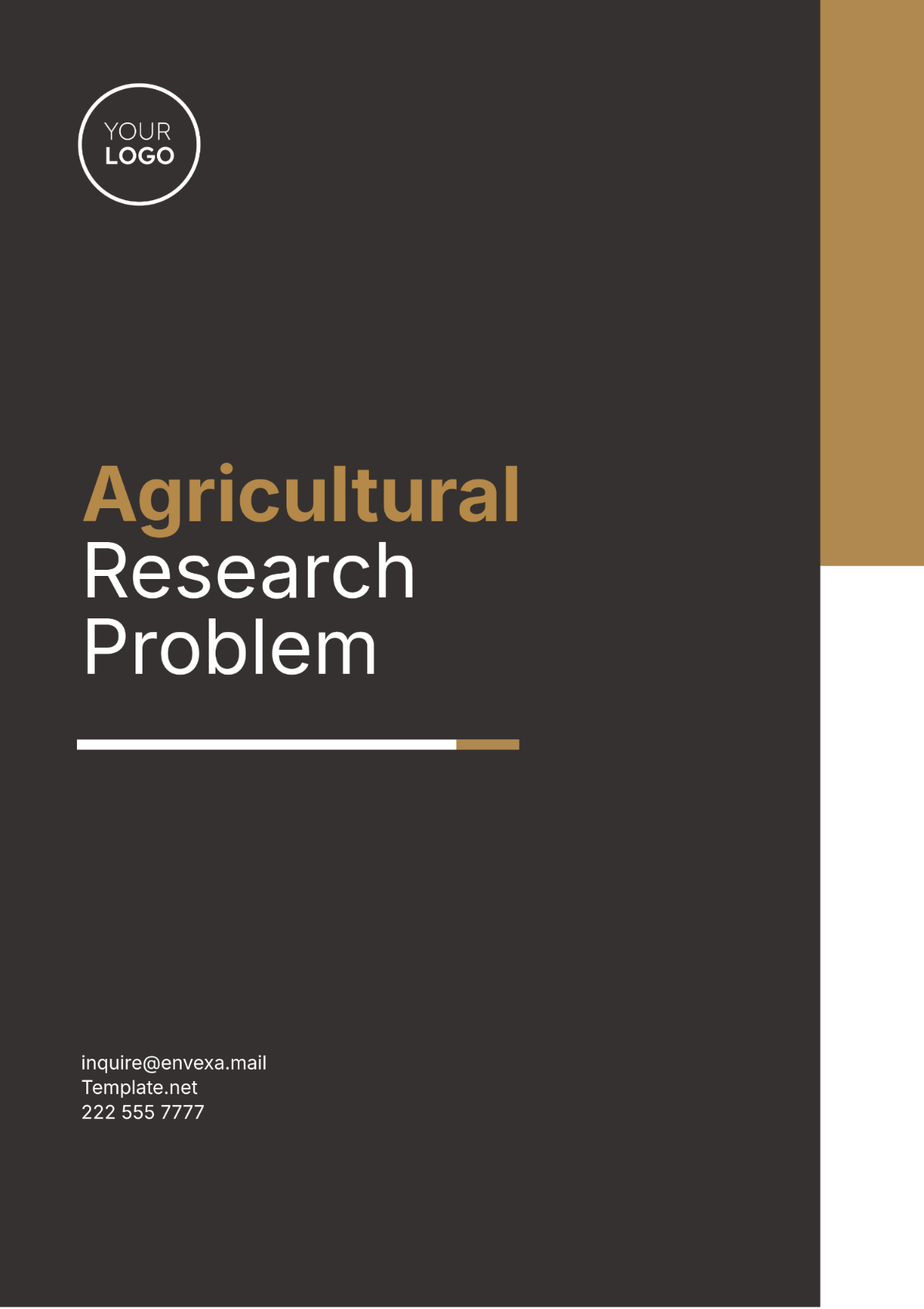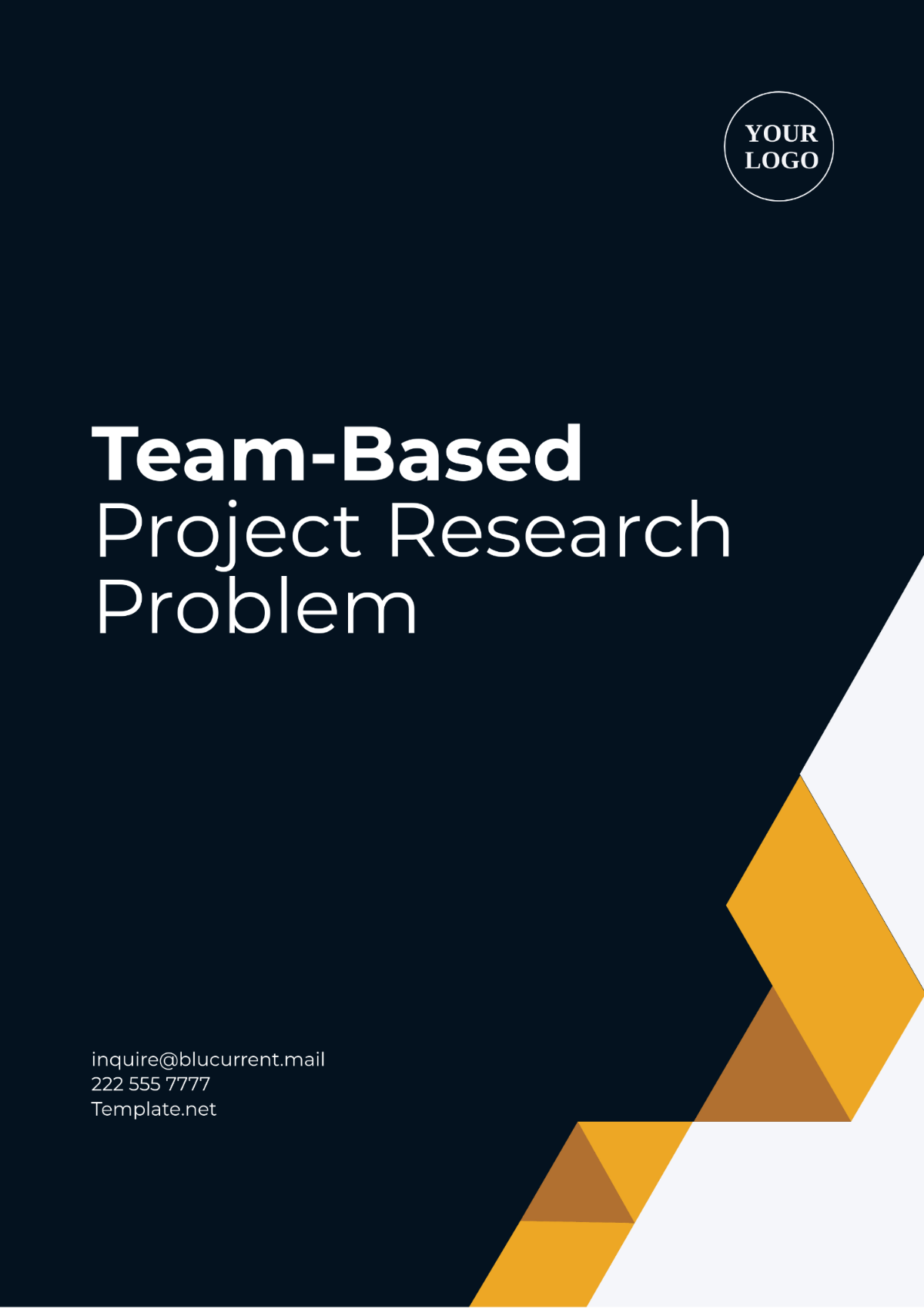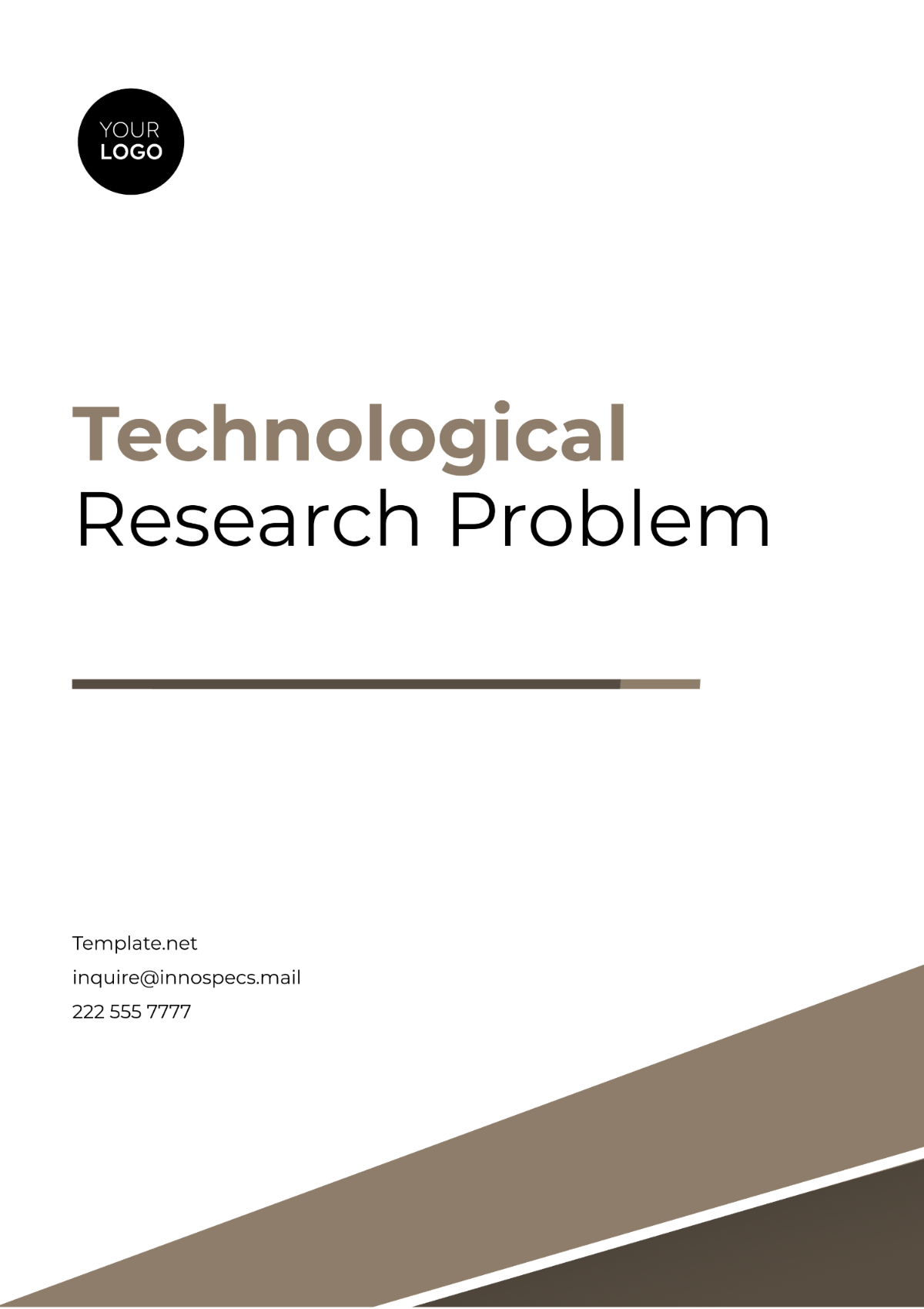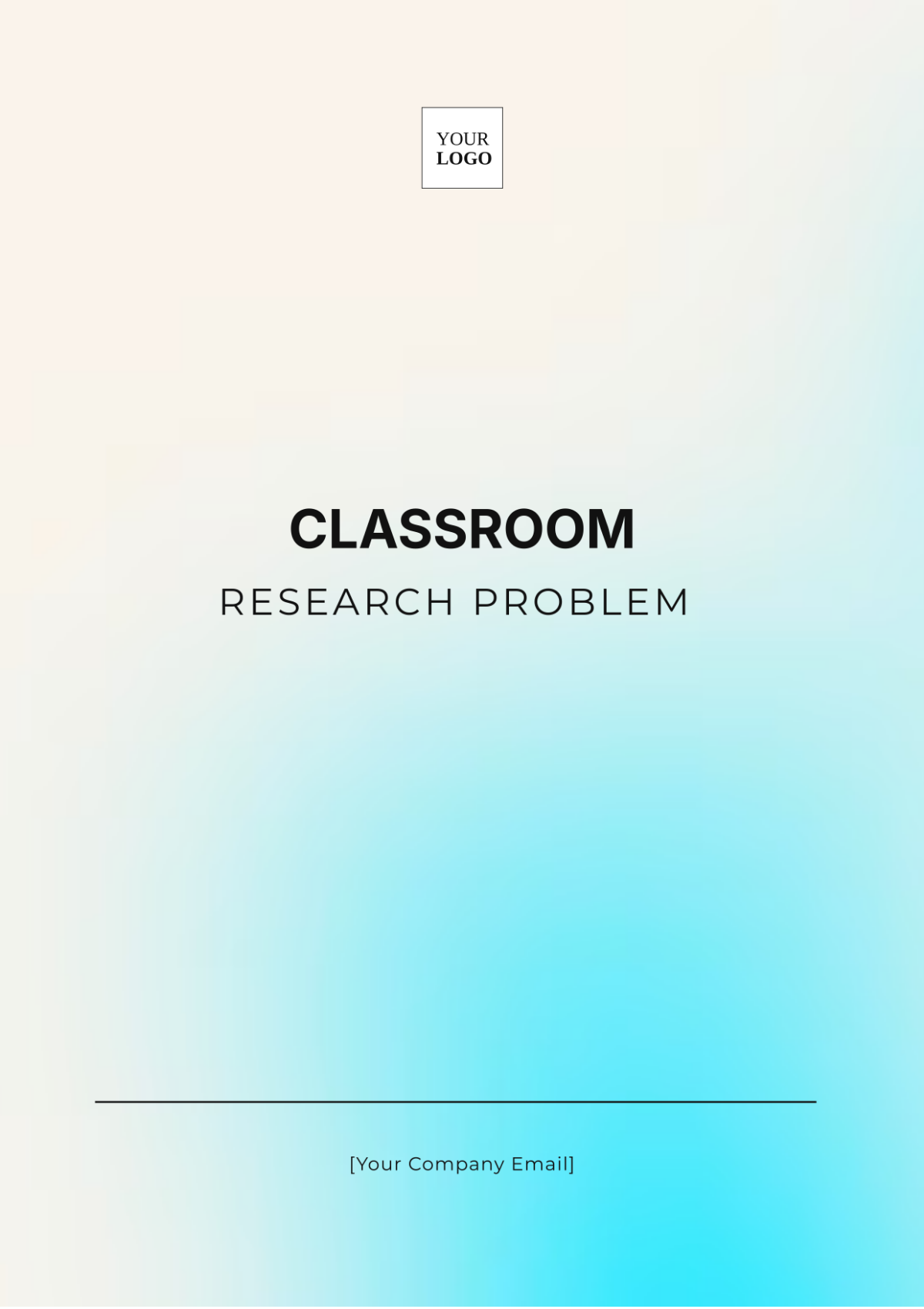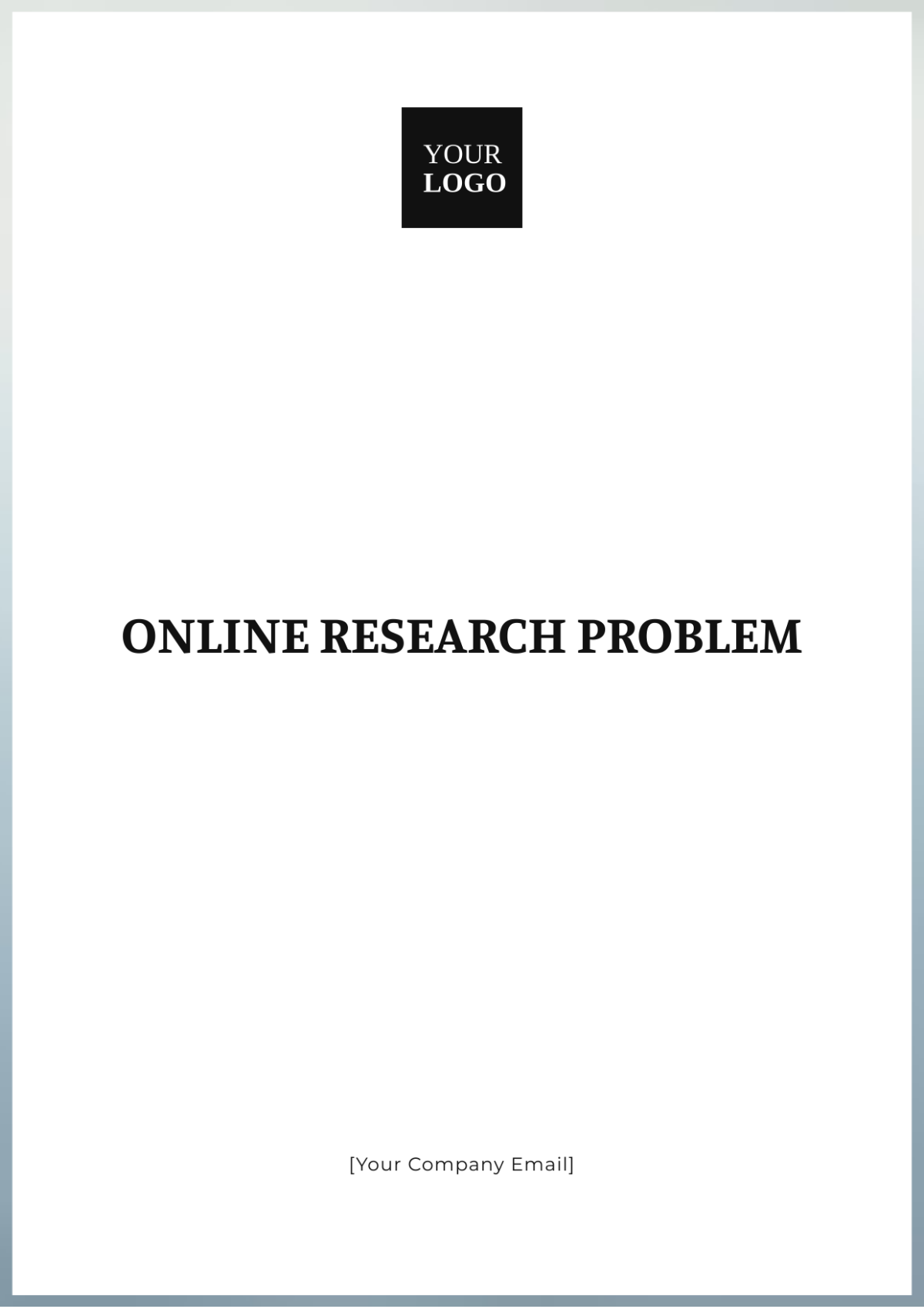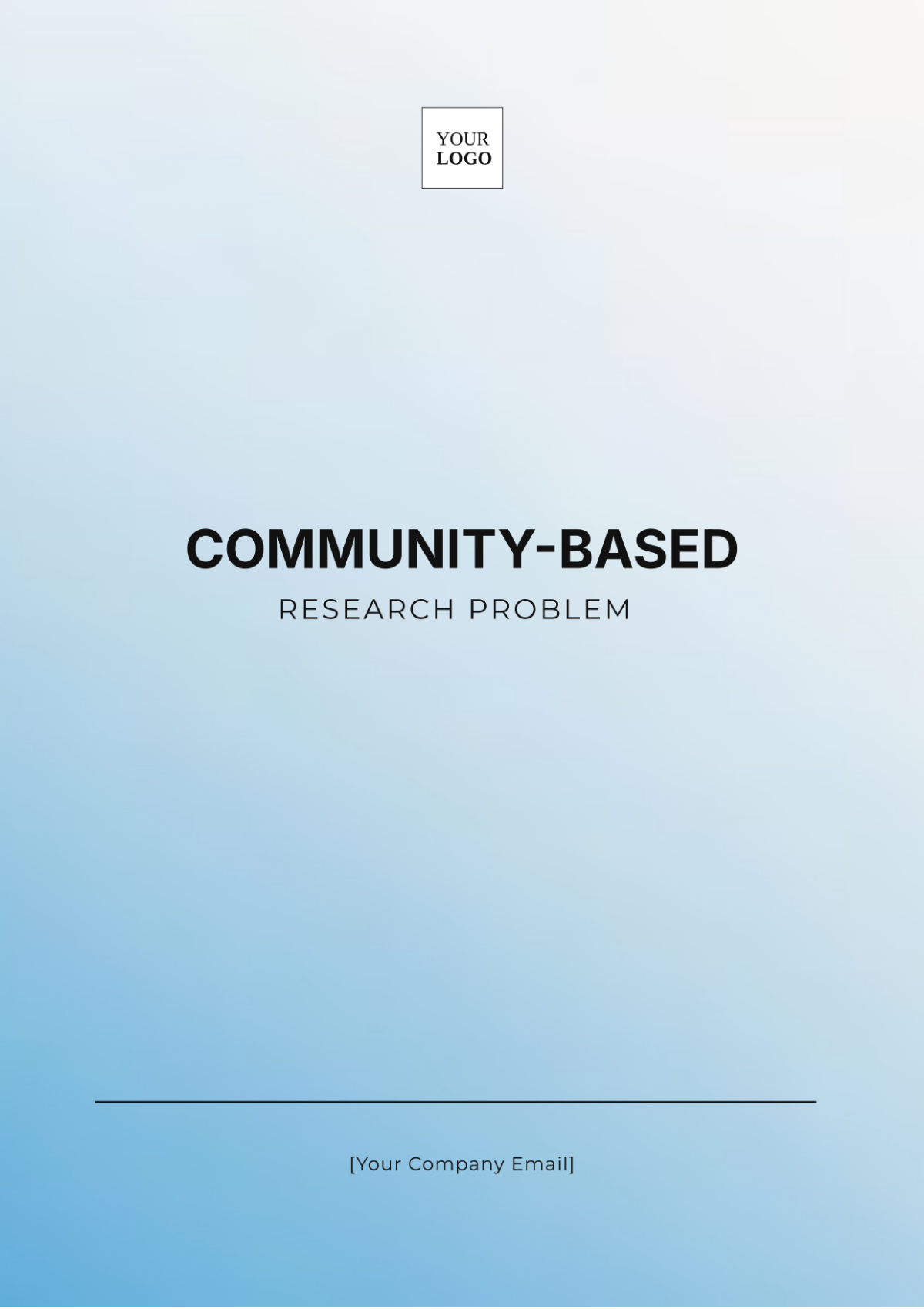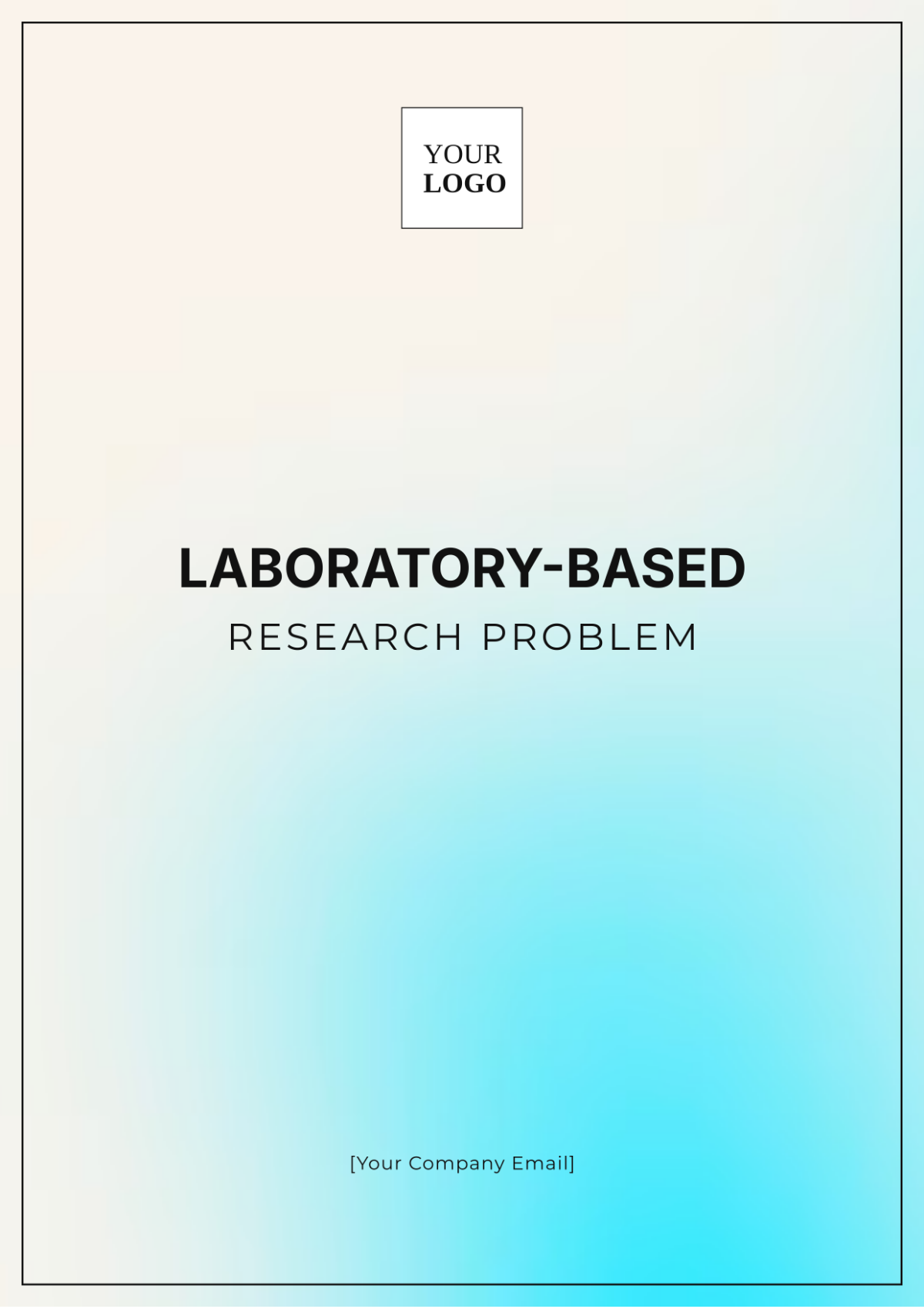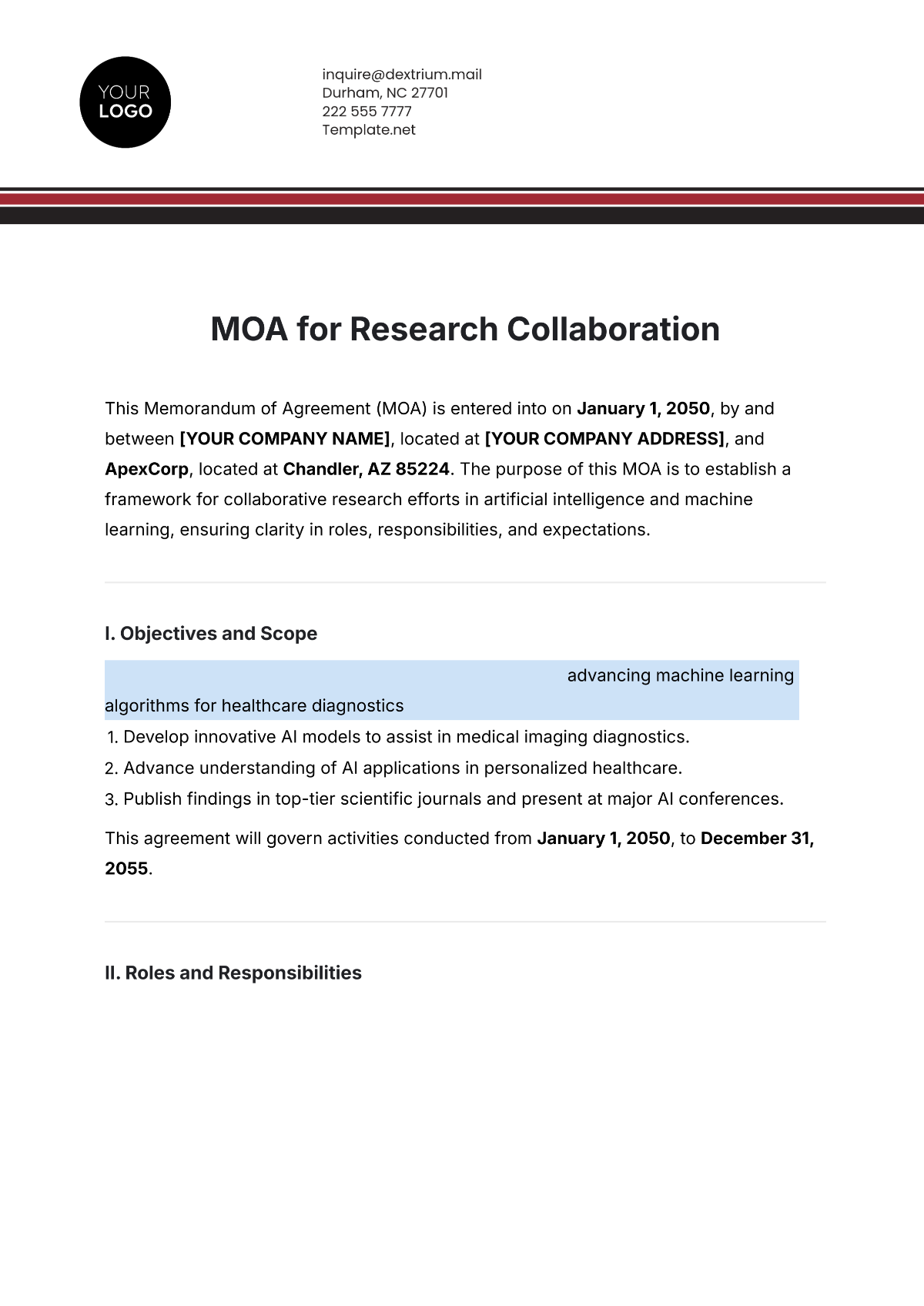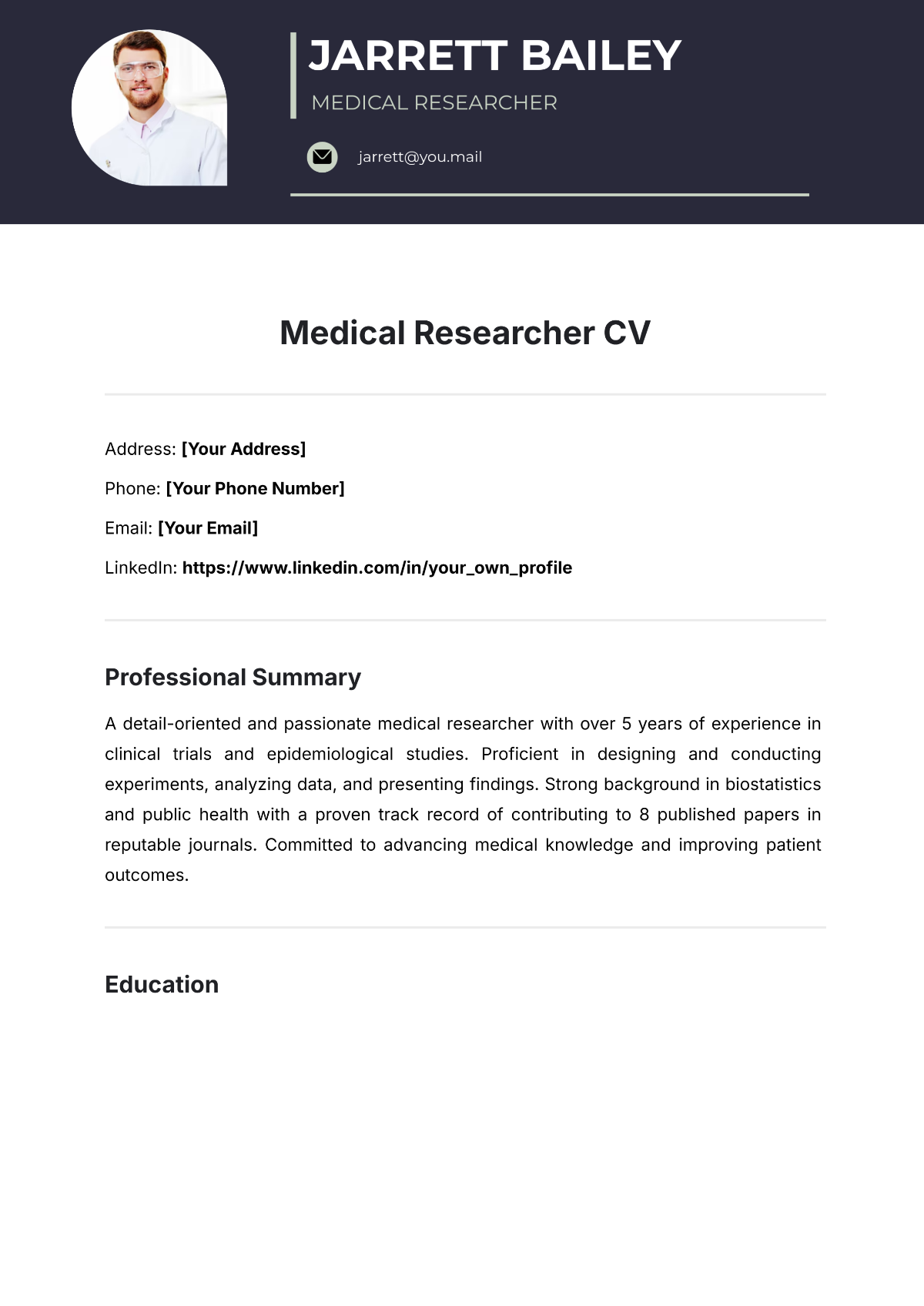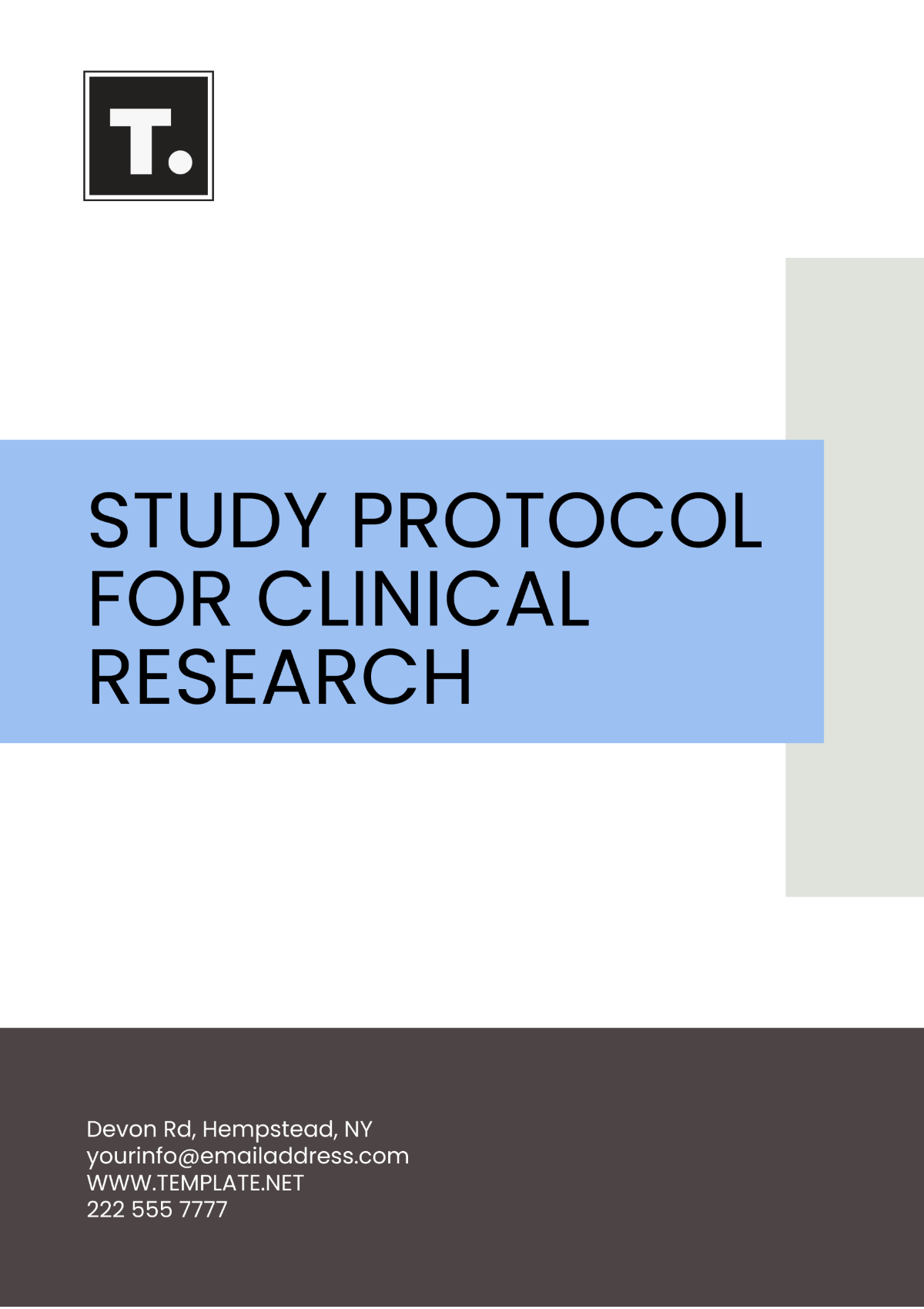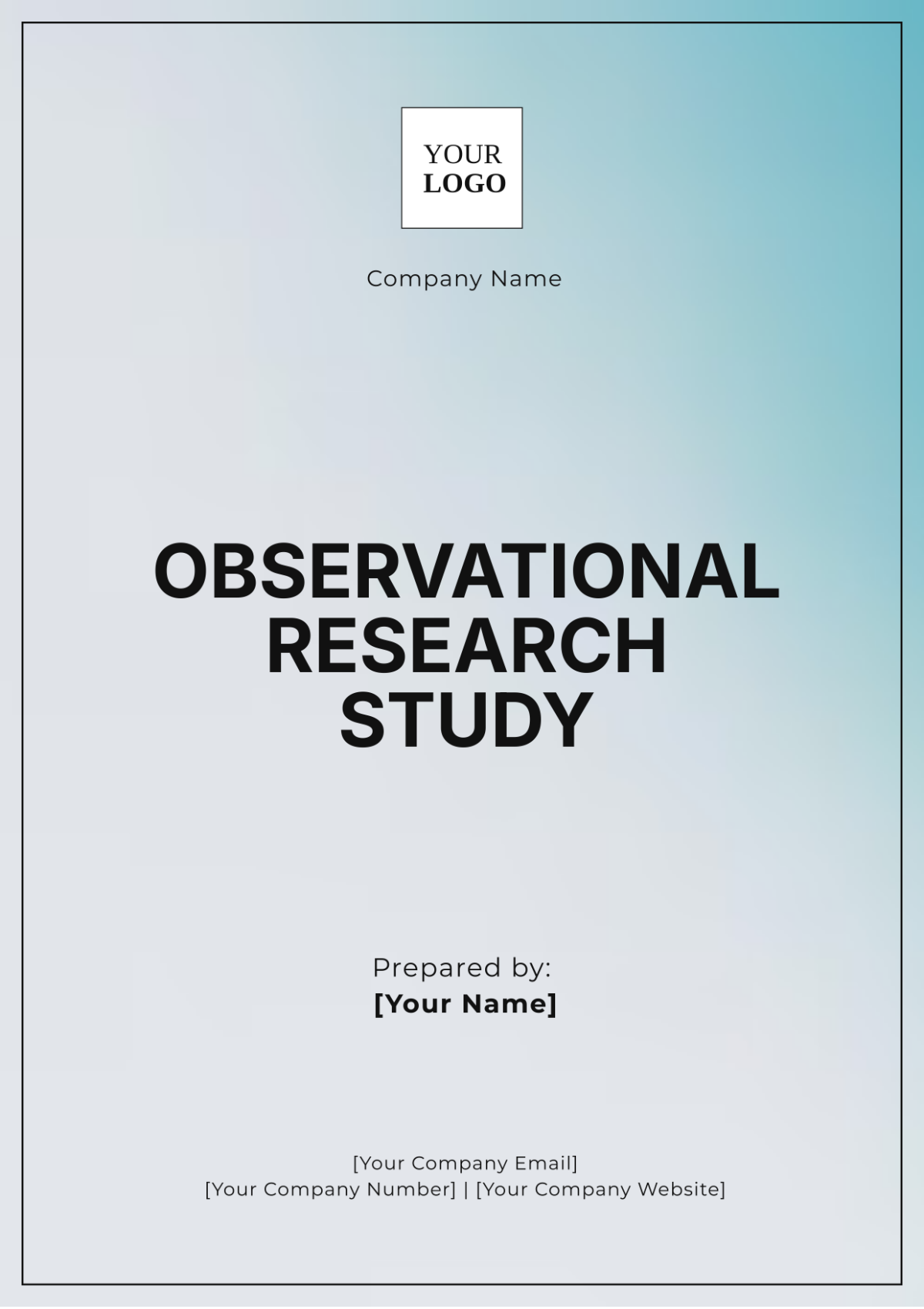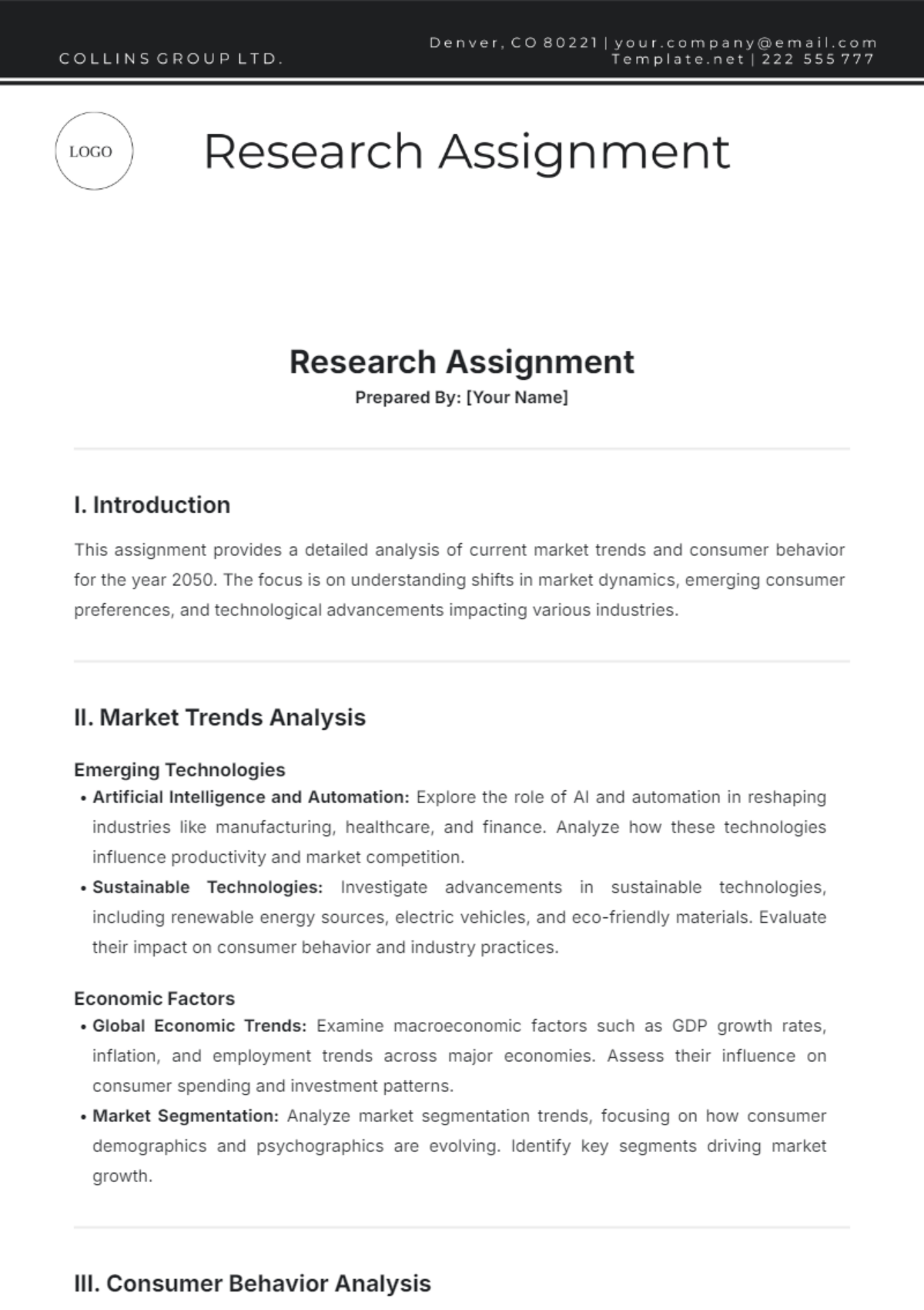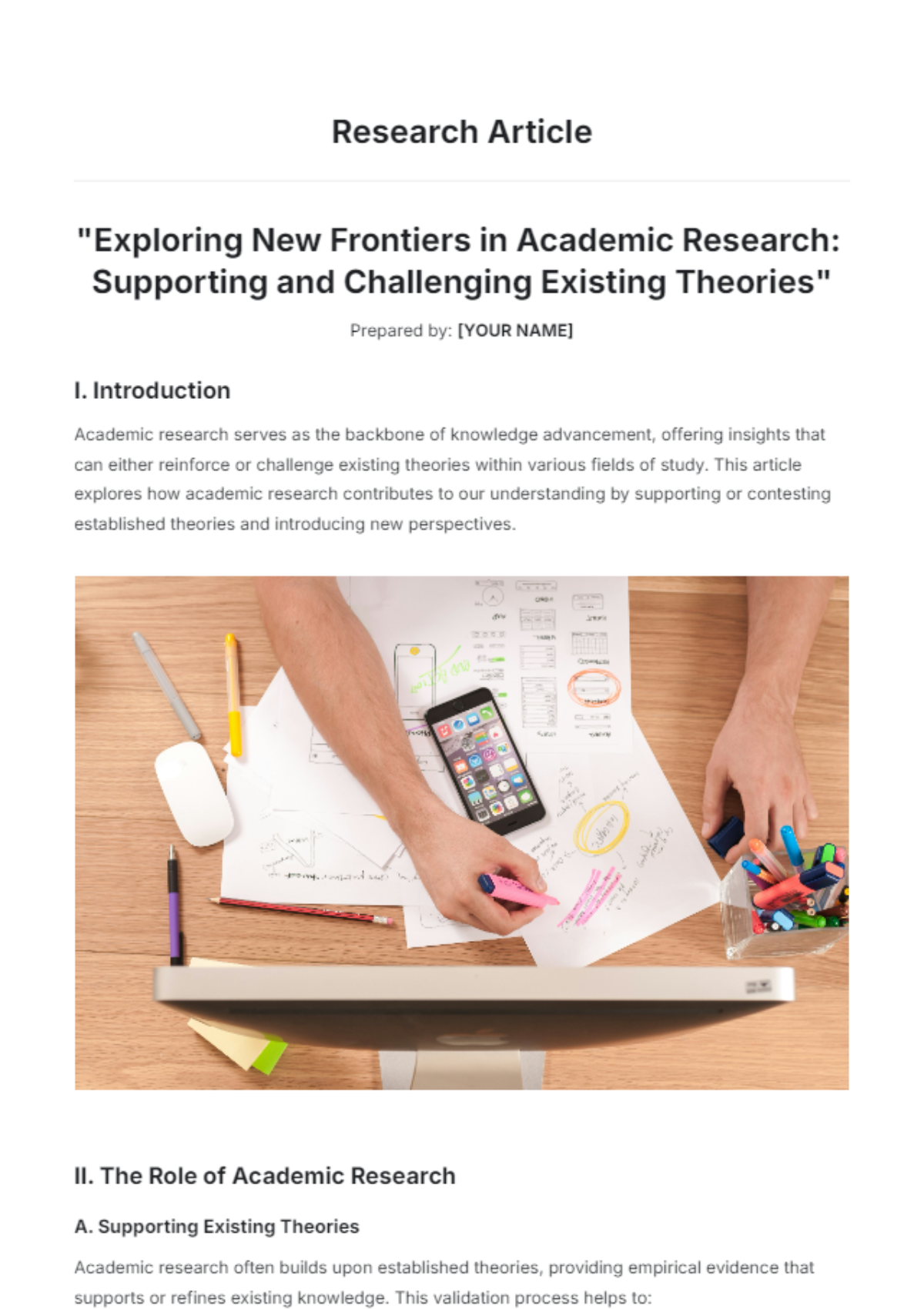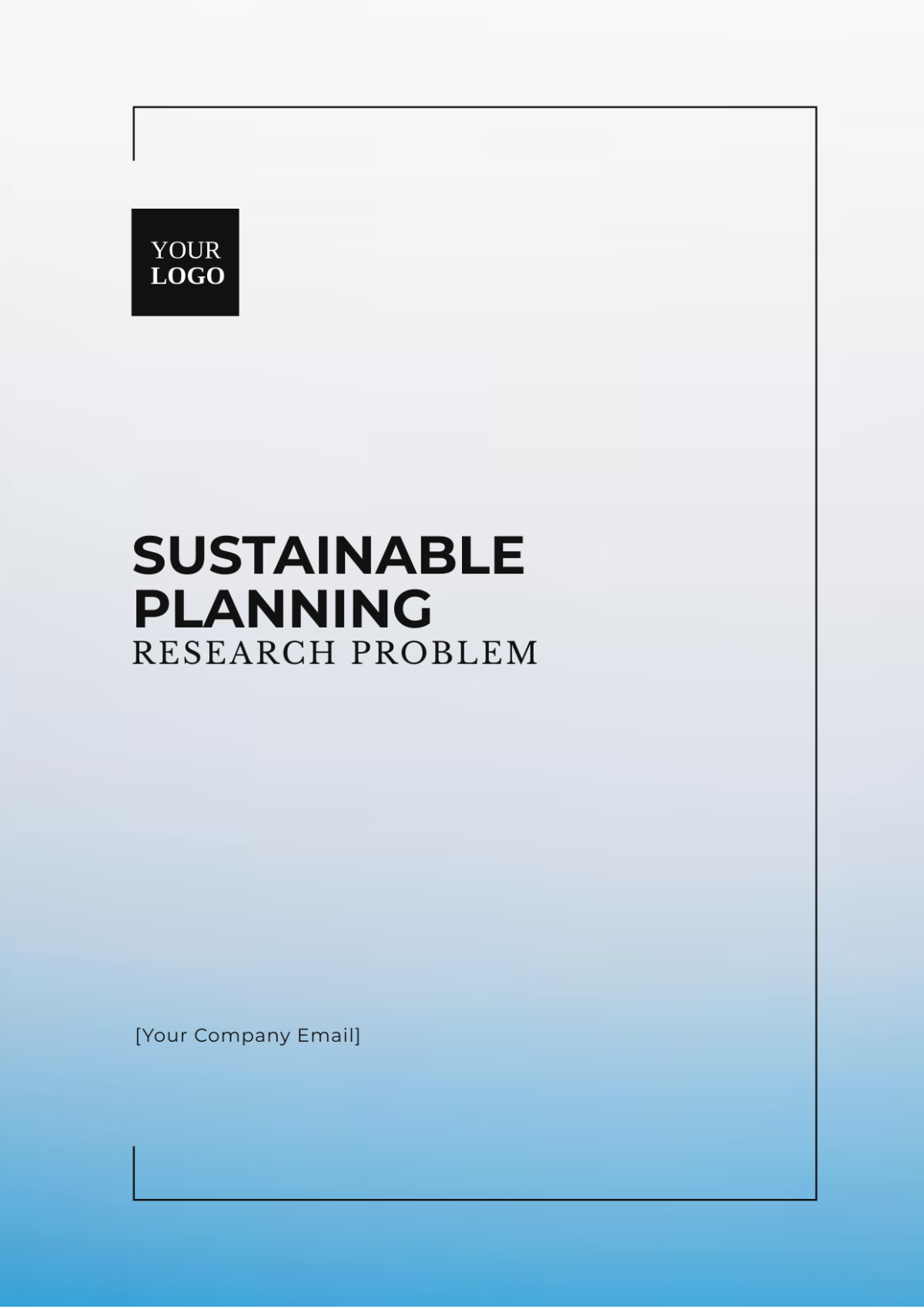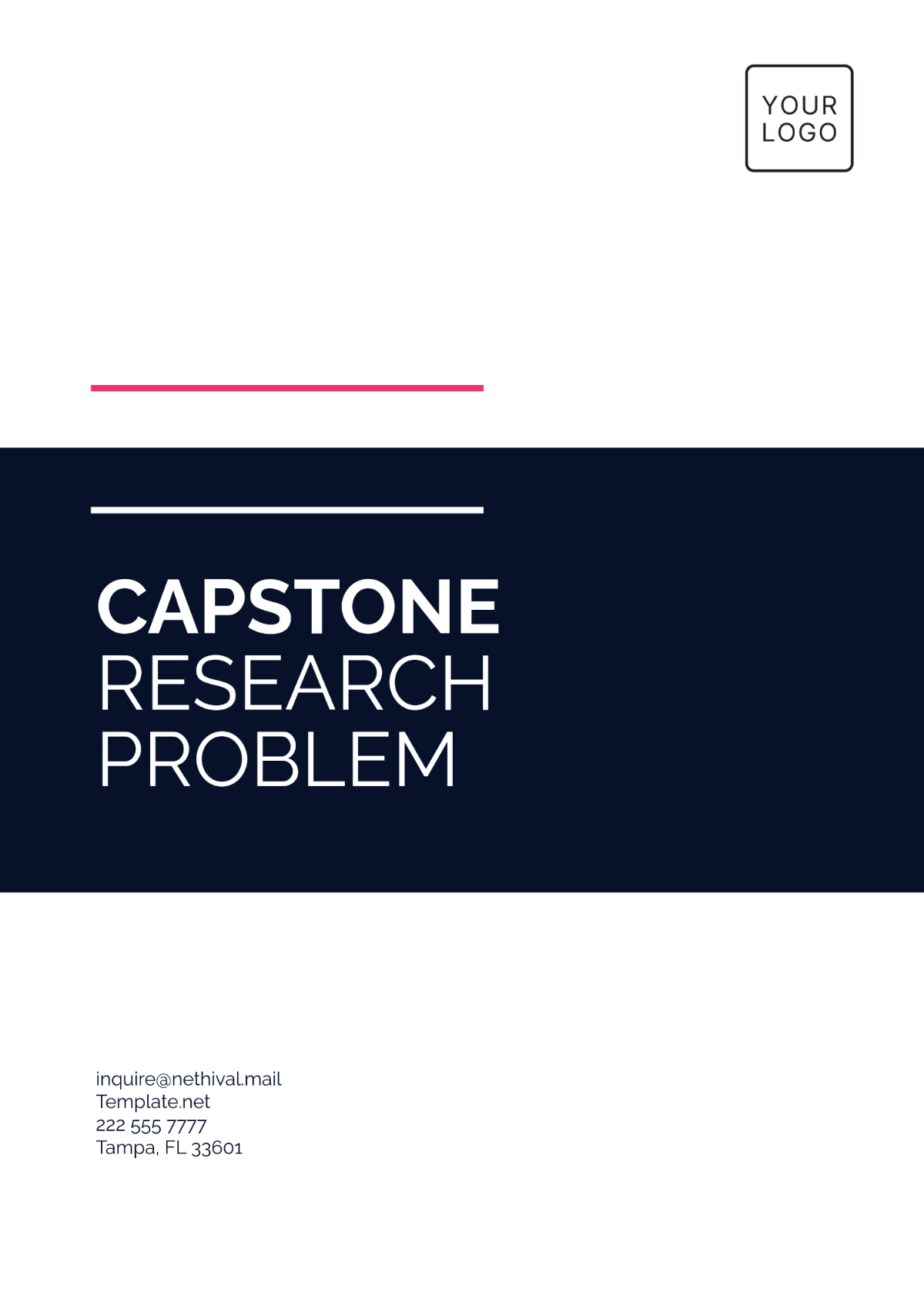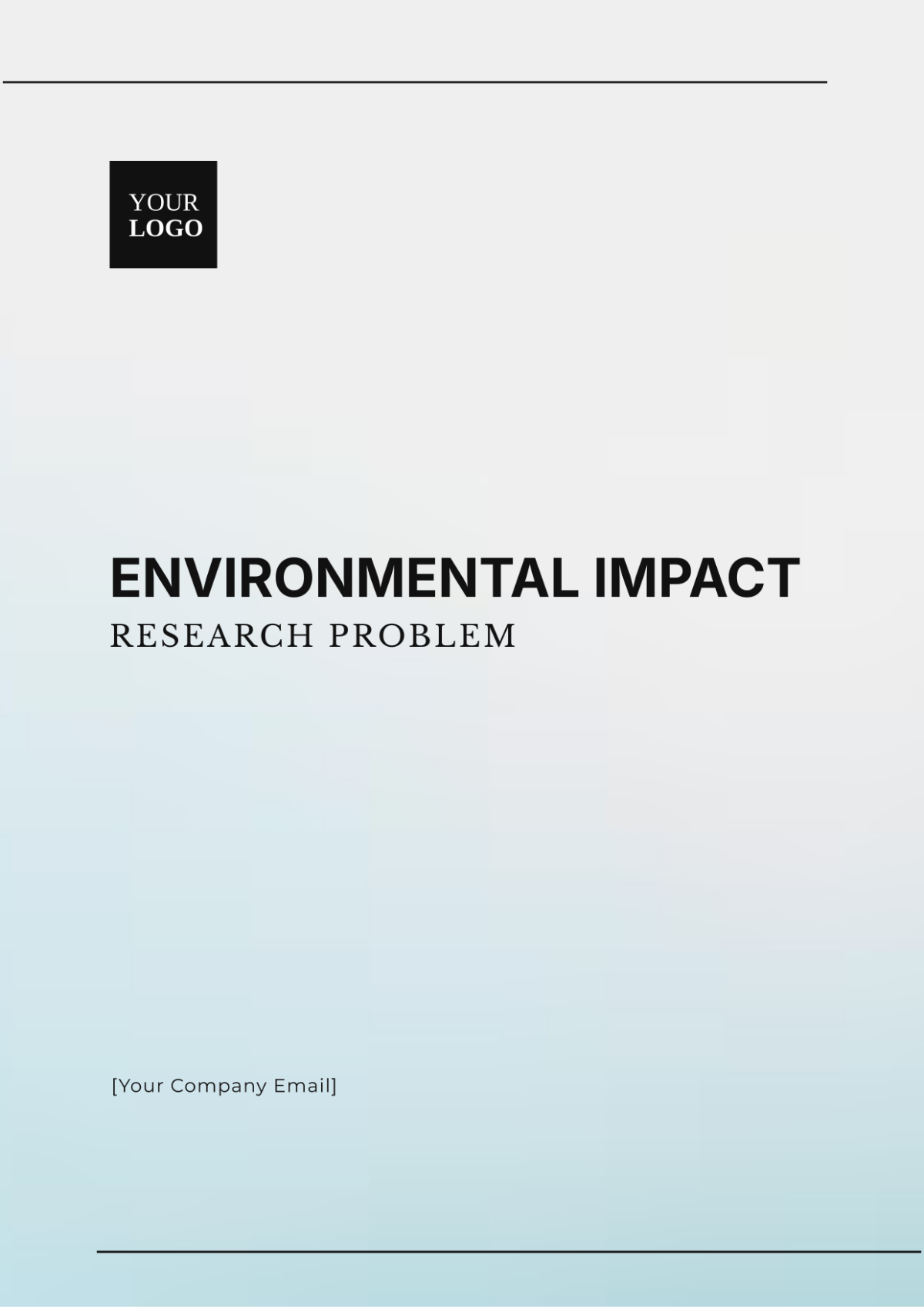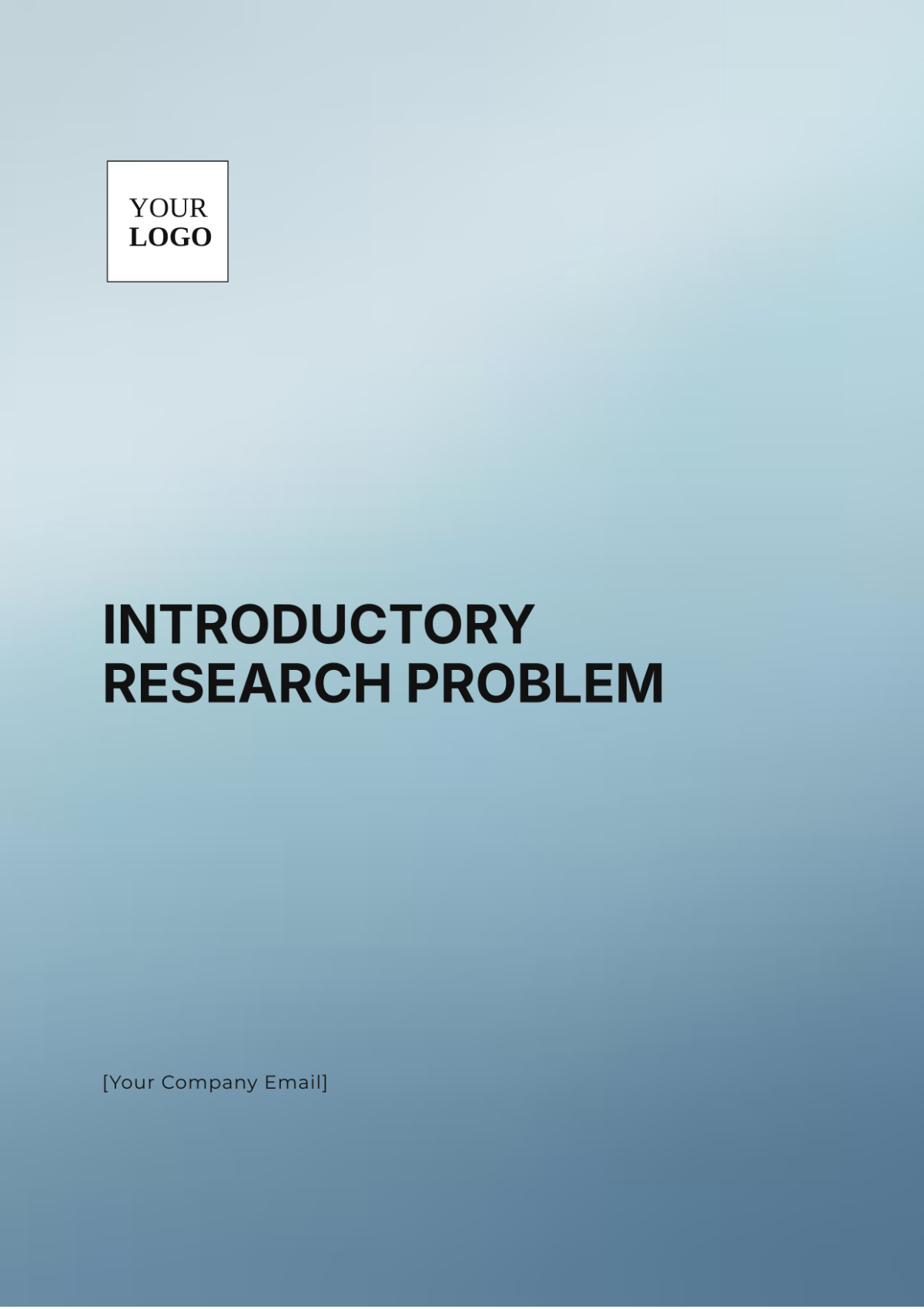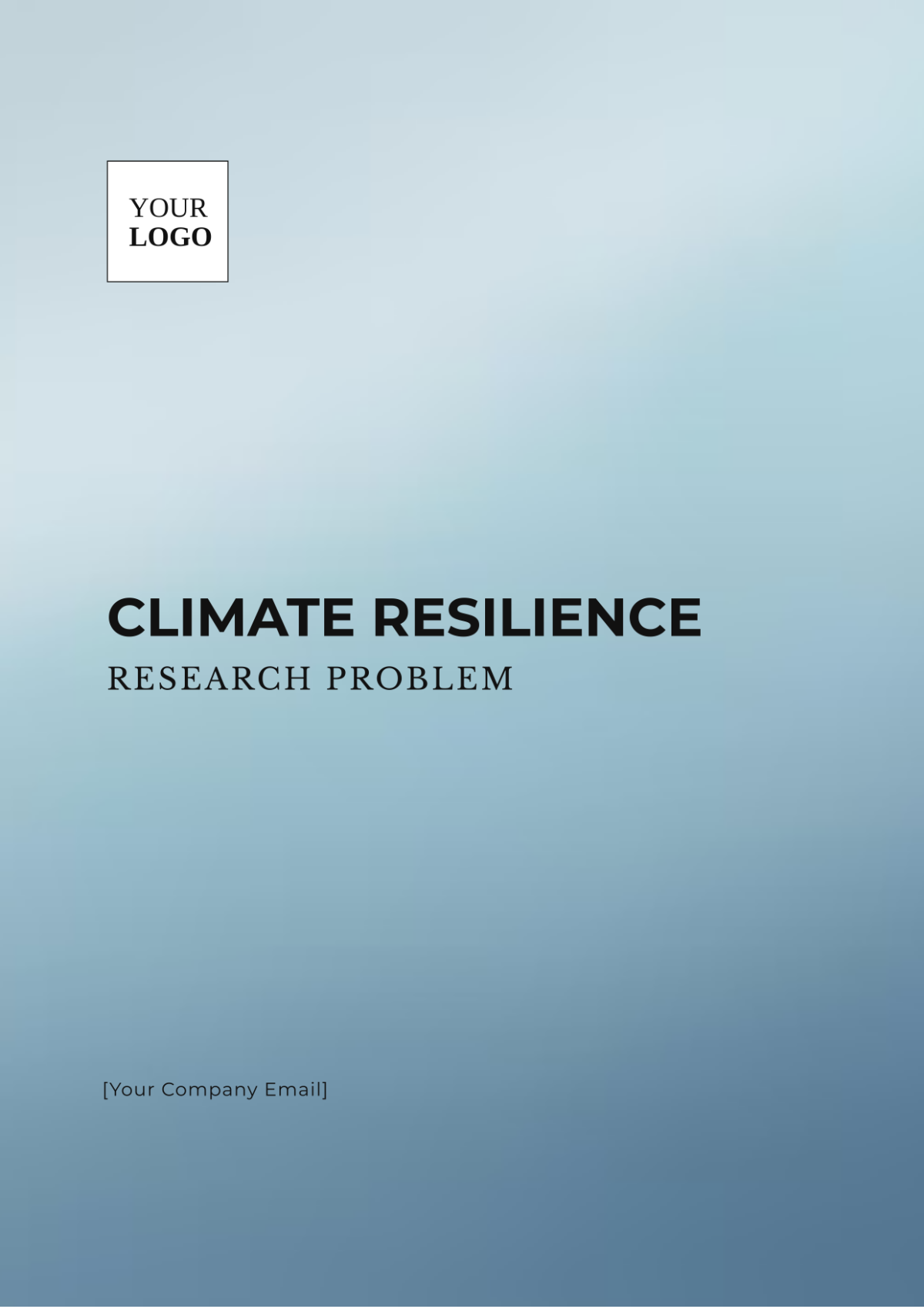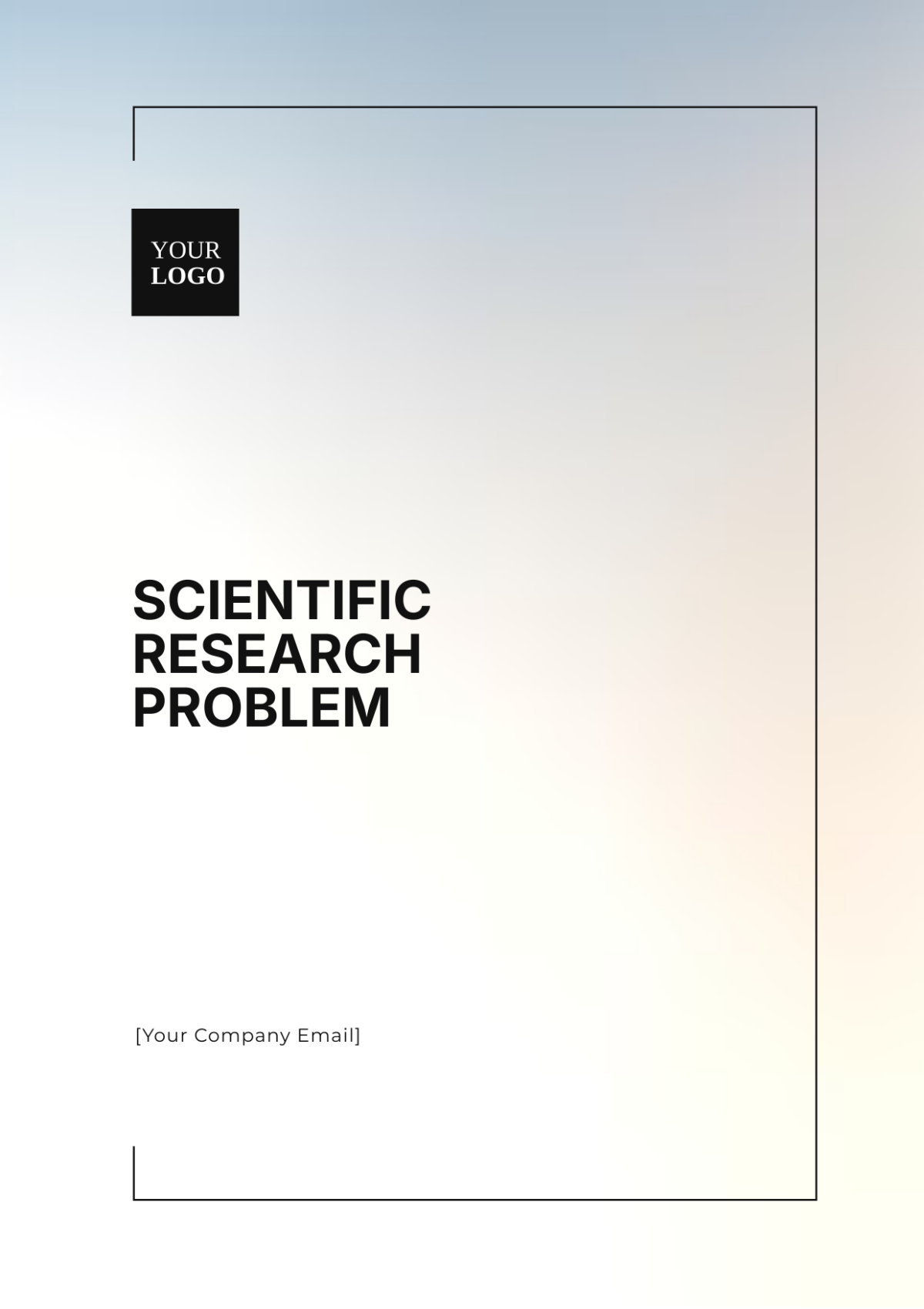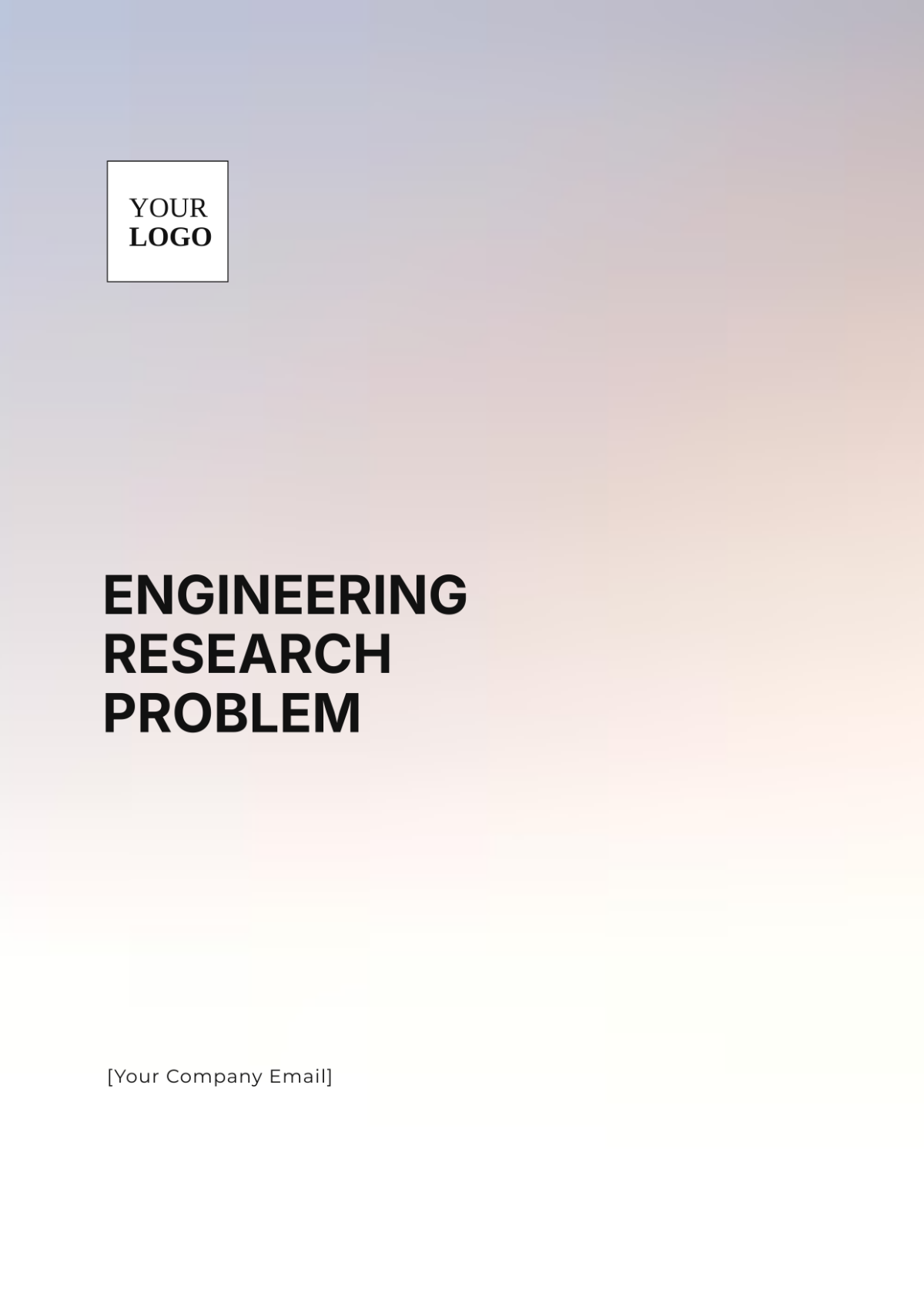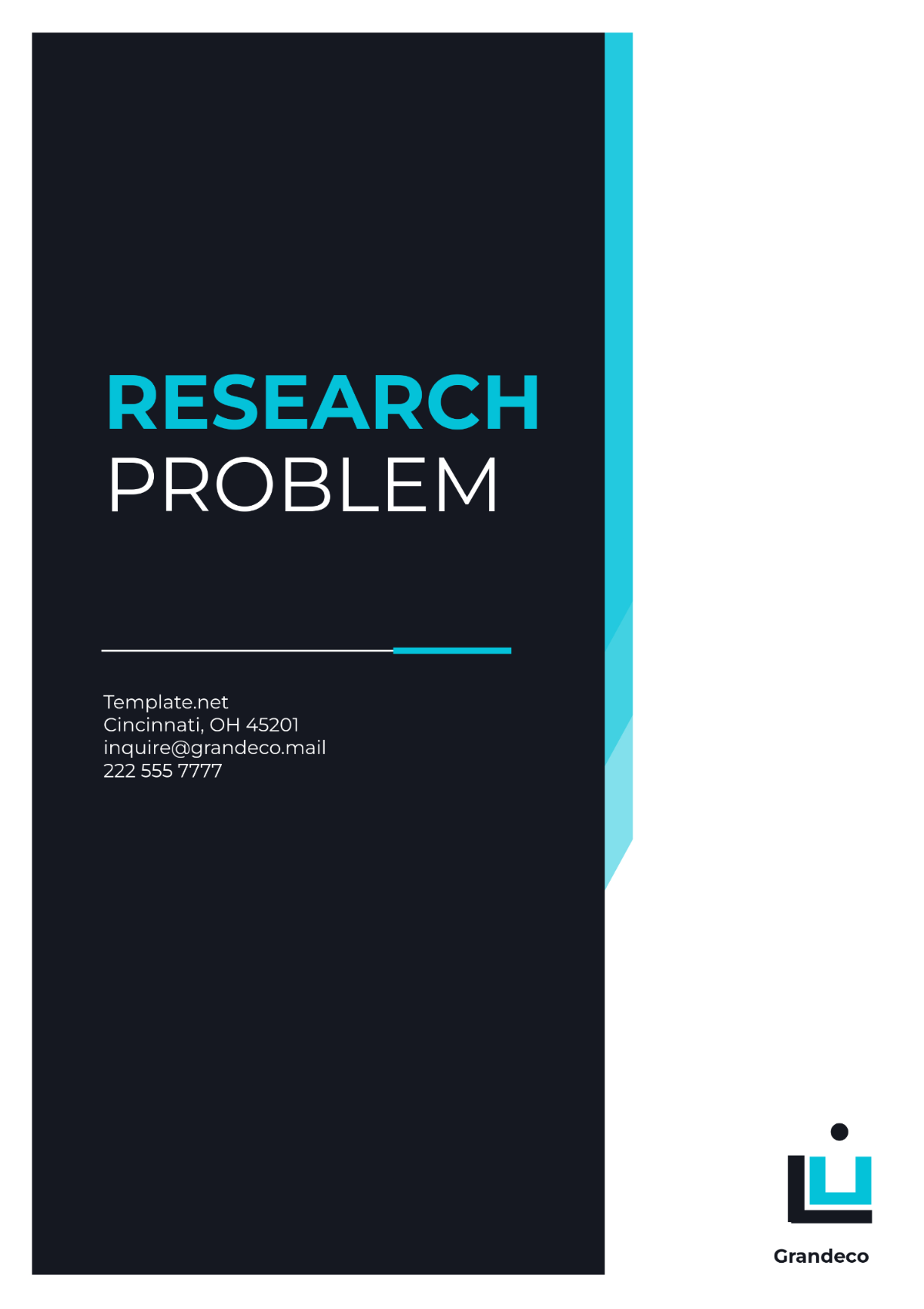Designing Effective Research Process
I. Introduction
Designing an effective research process is crucial for obtaining reliable and meaningful results. This guide provides comprehensive insights into the various stages of a research process, including topic selection, literature review, methodological design, data collection, analysis, and dissemination of findings.
II. Selecting a Research Topic
The first and foremost step in any research process is selecting a topic. This involves identifying an area of interest and narrowing it down to a specific, researchable question.
Identify your field of interest
Conduct preliminary literature review
Narrow down to a specific question
Ensure the topic is feasible and relevant
III. Literature Review
A thorough literature review sets the foundation for your research. It involves reviewing existing studies to understand what has already been explored and identifying gaps in current knowledge.
Collect sources from credible databases
Summarize and synthesize findings
Identify research gaps and opportunities for new research
Cite sources appropriately
IV. Designing Research Methodology
Choosing the right research design and methodologies is critical for the reliability and validity of your study. This section outlines steps for designing your research.
Methodology
Purpose
Qualitative: Exploratory, understanding perceptions
Quantitative: Confirmatory, testing hypotheses
Mixed Methods: Combining qualitative and quantitative insights
Example Methods
Qualitative: Interviews, focus groups, content analysis
Quantitative: Surveys, experiments, statistical analysis
Mixed Methods: Surveys followed by interviews
V. Data Collection
Effective data collection is integral to gathering the evidence needed to answer your research question. This involves selecting appropriate data collection tools and ensuring systematic procedures are followed.
Develop data collection instruments (e.g., surveys, interview guides)
Pre-test instruments to ensure clarity and reliability
Follow ethical guidelines and obtain necessary approvals
Collect data systematically, ensuring accuracy and consistency
VI. Data Analysis
Data analysis involves processing and interpreting the data collected to derive meaningful insights. The choice of analysis method depends on the nature of your data and research objectives.
Qualitative Data Analysis: Coding and Thematic Analysis
Quantitative Data Analysis: Statistical tests, regression analysis
Use software tools (e.g., SPSS, NVivo) for efficient analysis
VII. Dissemination of Findings
Sharing your research findings with the academic community and broader audience is essential. Effective dissemination ensures your research can inform practice, policy, and future studies.
Prepare a comprehensive research report
Publish in peer-reviewed journals
Present at conferences and seminars
Share findings through public talks, social media, and blogs
VIII. Conclusion
Designing an effective research process involves meticulous planning and execution across various stages. By following structured steps from topic selection to dissemination, researchers can ensure robust and impactful results that contribute valuable knowledge to their field.
